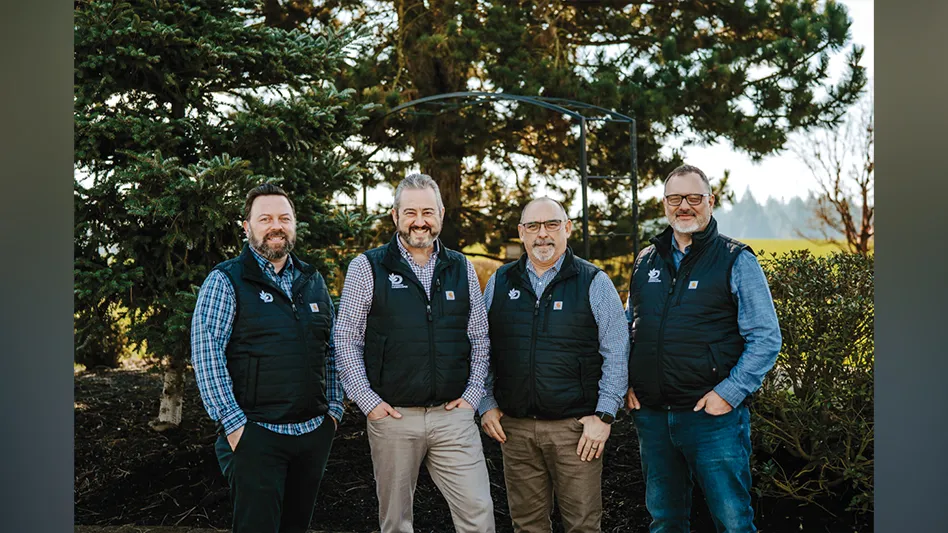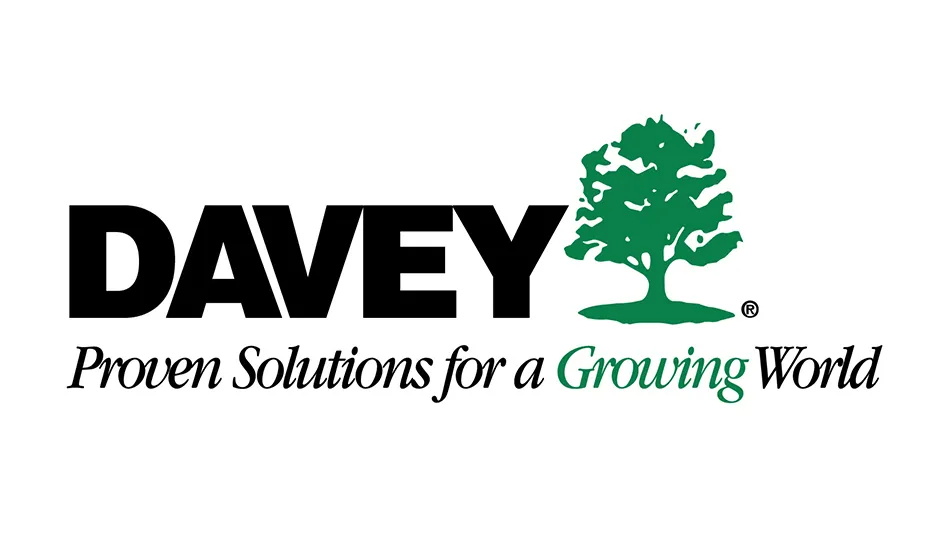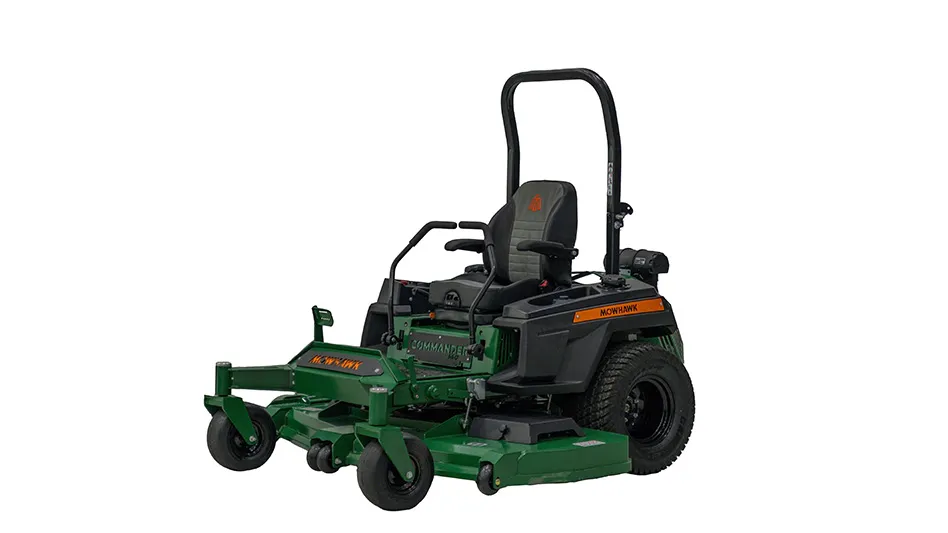


Pruitt Lawn Service has grown substantially in the last decade, now with 25 full-time employees and 10 trucks in the field servicing mostly commercial accounts, primarily HOAs in the Athens, Georgia, area. Founder Bill Pruitt, who started the business 33 years ago, has always been a hands-on guy. “Bill makes trips out every day with his crews,” says Lacey Pruitt, office manager.
But Bill can’t be on every account. With a growing company, the Pruitts decided they needed another accountability tool to be sure the route managers were on task and the correct services were completed on every job. “The key for us was making sure that the proper time was spent doing what needed to be done on the properties,” Bill says. “We needed to put something in place to make sure all the items on the list were implemented in the correct amount of time.”
The Pruitts weren’t so concerned about whether crews were showing up on site. But, were they spending the appropriate amount of time at each account?
To really answer the question, they decided two years ago to put GPS tracking technology in the trucks. The systems they chose – after researching a good dozen options – are magnetic and the size of a cigarette lighter. They run on batteries that last about 25 days (and charge with a USB port), and the devices can be tucked into discreet places.
In the short time that Pruitt Lawn Service has used a tracking system, the Pruitts say they’ve been able to identify if there is a service issue (like not enough time being spent on a property), and “make sure that the people who are working for us are the people we want in the business – that they’re doing the right thing,” Lacey says.
Beyond that, fleet management systems are a safety measure, she adds. “We can log on to the app and see where every vehicle is, so we know if a truck is stolen,” Lacey says, noting that these devices could be installed on equipment, too.
There are a range of fleet management systems on the market, some linked to sophisticated routing software and others more simplistic plug-and-play devices like the ones the Pruitts selected. The key is to identify what features are important to you. Why do you want to use a fleet management system? “Do you want to use it to track speed or to gather diagnostics from the engine to use it for truck maintenance?” asks Brian Ferrie, owner, of Fresh Cut Lawn Care in Egg Harbor Township, New Jersey.
Ferrie says, “We love GPS because it keeps everyone accountable and, in case of emergency, we know exactly where our trucks are.”

A blip on the radar.
Crews at Fresh Cut are fully aware that their trucks are equipped with tracking systems – and because so many professional services firms use the systems, it should be no surprise to an employee that their place of work wants to keep tabs on the company trucks.
“If an employee complained about it, that would throw up a red flag – like, why are you so upset that we need to know where our vehicles are, or what you are doing on our time?” Ferrie says.
Fleet Management at Fresh Cut is a way for Ferrie to help route crews to last-minute jobs that crop up. For example, if a customer calls in and asks to be squeezed into the schedule, or needs a follow-up for some reason, Ferrie can pull up the GPS dashboard, find the nearest truck, and assign the job to that crew. And, during winter when the company is on snow routes, Ferrie can respond to customers’ requests immediately and ensure that trucks are following the most efficient routes.
Greg Budde also appreciates his program for the way he can efficiently plug last-minute jobs into routes without sacrificing productivity. “If someone calls and says, ‘I need my yard mowed today, can you fit me in?’ I can plug their address into the route manager I set up the day before, and it will tell me the most efficient time to take the property. It will also tell me if I go over or under on my allotted hours for each vehicle.”

Budde, who owns Carrollton Landscaping in the Dallas, Texas area also likes to track how long employees take breaks. “The GPS time-stamps everything, including how long crews are on accounts, so if I have a new customer I’ve never done business with before, we can be sure we are billing correctly,” he says.
For example, Budde charges $60 per man-hour for labor. If a three-man crew spends one hour on a property, he knows the exact cost for services. “We want to bill clients for the amount of time on their properties. When you have a GPS timestamp, people can’t argue with you,” he says.
Ferrie adds that the system is also useful for explaining to customers where crews were, should the question arise. Every once in a great while, a neighbor of a client, or even a customer, will call about property damage. Ferrie can find out if his crews were even responsible.
“We have had people call us and say, ‘Your guys were next door and they broke my window and left,’” Ferrie says. “So, we get the address, check our trips for the day, and we may find out that none of our crews were in the area at all. So, there was no shot that it was our company.”
“When you have a GPS timestamp, people can’t argue with you. – Greg Budde, owner, Carrollton Landscaping
The tech you need.
Ferrie advises to consider what you really need when buying a system. And as he knows, it’s easy to buy more technology than you need.
Before, Ferrie had been using a system that was hard-wired into the trucks, meaning employees couldn’t see it. He recently switched to a different software for about half the cost, he says.
“We hook the systems up to the truck’s computer – the OBD port under the dashboard,” Ferrie says. It has the features he uses, but not so many bells and whistles that the company is spending on extras it won’t use.
Budde uses a cloud-based platform with GPS units and he pays a monthly fee to essentially lease. What he likes is the support. “When I called, they answered the phone and walked me through how to use it,” he says. “Support is a big deal.”
The Pruitts went for a one-time purchase rather than a monthly fee-based system. “We did our homework,” Lacey says.
While a downside to the magnetic units they purchased is battery life – they last about 25 days before needing to be charged – an upside is their flexibility and affordability.
“We have been really happy with these devices,” Bill says. “They have added the accountability we were looking for, and now we can make sure we are running efficiently.”

Explore the October 2018 Issue
Check out more from this issue and find you next story to read.
Latest from Lawn & Landscape
- LandCare promotes Burnett to chief people officer
- David J. Frank Landscape celebrates 65th anniversary with groundbreaking
- Lawn & Landscape’s May issue is live
- The 2024 Top 100 List
- What do we stand for?
- SiteOne partners with FMC
- GreenCare for Troops announces You Move, We Mow Challenge
- Culture shift





